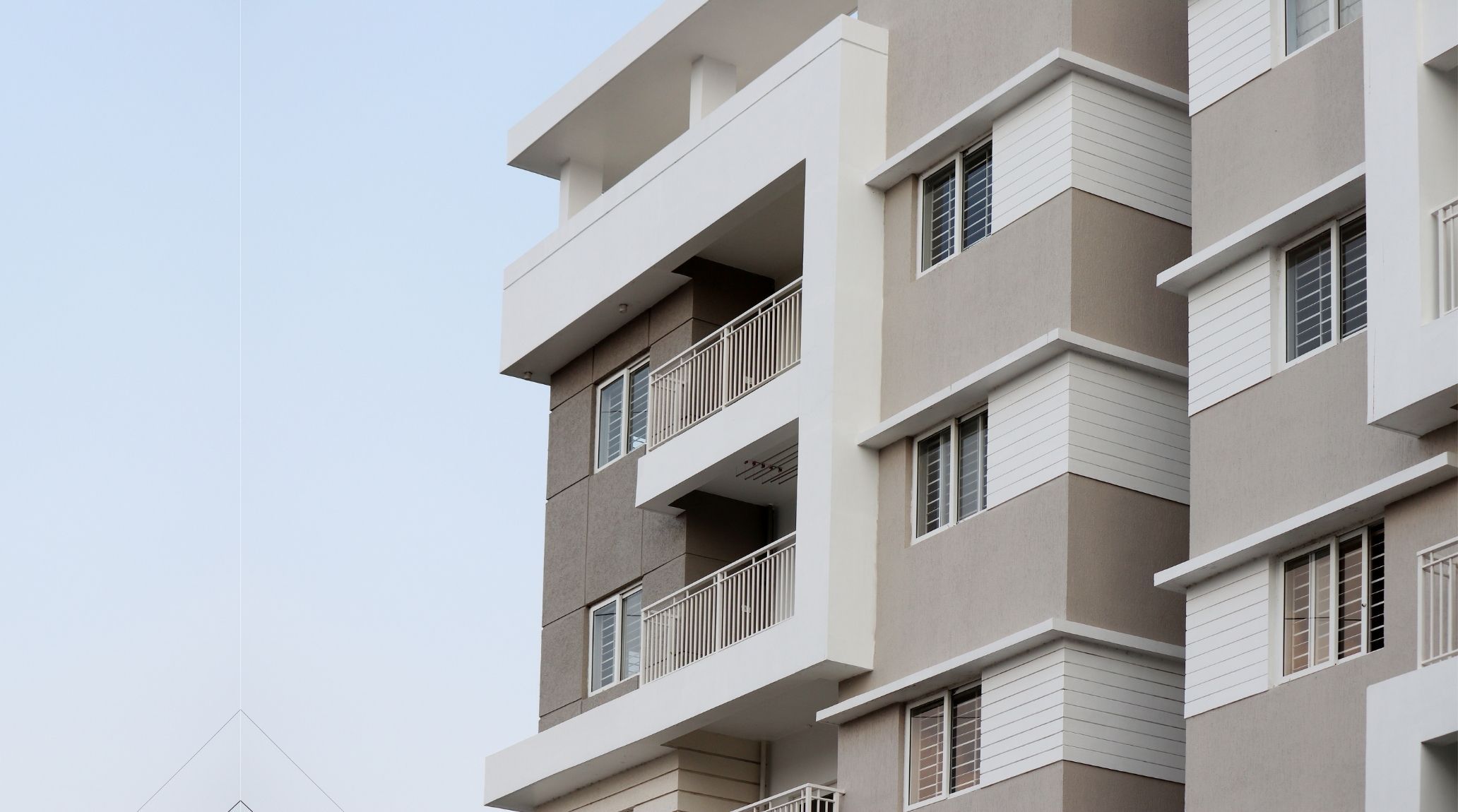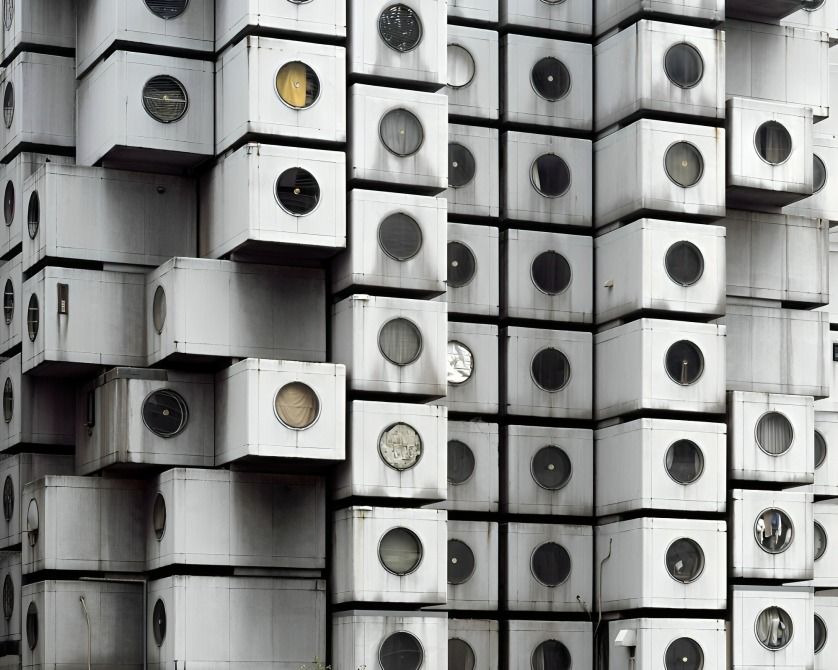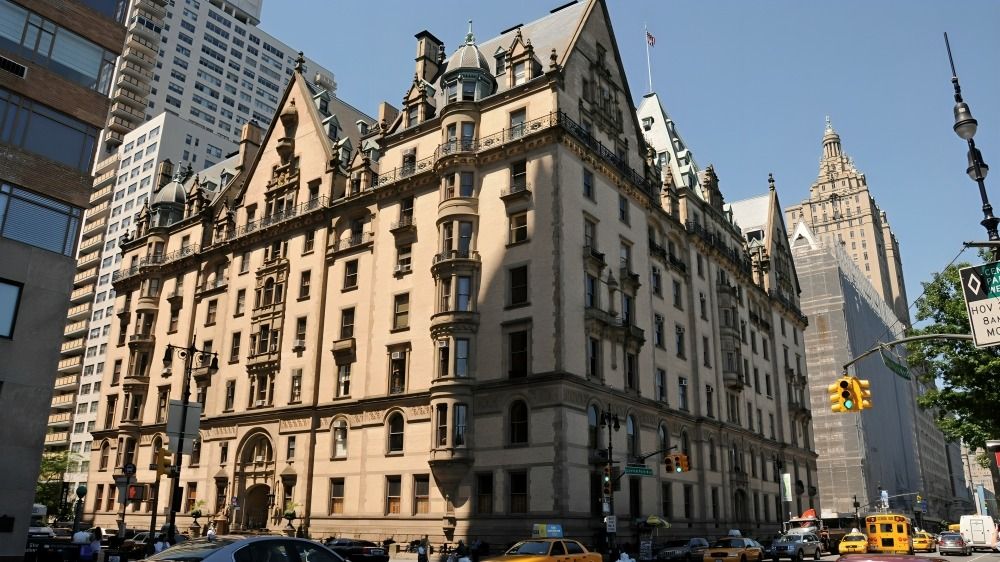
“
Exploring the world of apartment living reveals a fascinating blend of history and modern convenience. From the ancient Roman "insulas" that housed a significant portion of the population to today’s luxurious high-rise buildings, the evolution of apartments is both intriguing and diverse. In this blog, we delve into essential apartment facts and features, offering insights into various types of apartments, their unique characteristics, and how they have transformed to meet contemporary needs. 1
1
1
1
”
Apartment living has a long history, dating back to ancient Rome, where insulae, or multi-story apartment buildings, housed the majority of the city’s population, showcasing early urban living concepts.1
Some of the world’s most expensive apartments are located in Monaco, where luxury units can cost over $10,000 per square foot, reflecting the exclusivity and high demand for prime real estate in this tiny principality.2
Vertical gardens, integrated into apartment designs in cities like Milan, Italy, allow residents to live in green spaces, reducing urban heat and promoting sustainability within high-rise living environments. 3

In Tokyo, Japan, capsule apartments offer living spaces as small as 50 square feet, providing a solution to housing shortages in densely populated cities while highlighting the extremes of compact living.
Apartment complexes often feature shared amenities like gyms, pools, and rooftop terraces, fostering a sense of community among residents while maximizing the use of limited urban space. 4
Apartment leases typically range from 6 months to a year, with some offering month-to-month options. Understanding lease terms and renewal policies is crucial for planning your living situation. 5
Some modern apartment buildings are designed with smart home technology, allowing residents to control lighting, temperature, and security systems from their smartphones, blending convenience with futuristic living. 6
In Hong Kong, “micro-apartments” have become a necessity due to the high cost of living, with units as small as 200 square feet offering innovative design solutions to maximize functionality in tiny spaces. 7
Historical apartment buildings, such as the Pontalba Buildings in New Orleans, are among the oldest in the U.S., dating back to the 1840s, and are recognized as National Historic Landmarks, reflecting their cultural significance. 8
Luxury apartment skyscrapers like 432 Park Avenue in New York City offer stunning views and high-end amenities, making them some of the most sought-after residences for the ultra-wealthy. 9
Apartments can be either fully furnished or unfurnished. Choosing an unfurnished apartment allows you to personalize your living space with your own furniture and decor, while a furnished apartment offers convenience with pre-selected furnishings. 10
Apartments in urban areas often provide easy access to public transportation, shopping centers, dining options, and cultural attractions. This proximity enhances convenience and reduces the need for a car, making city living more accessible and enjoyable. 11
Many apartments include utilities such as water, heating, and cooling in the rent, which simplifies your monthly budgeting. This all-inclusive approach provides cost predictability and can help you manage expenses more easily. 12
Modern apartments increasingly feature smart home technology like programmable thermostats, smart locks, and advanced lighting systems. These innovations can be controlled via smartphone, offering greater convenience and energy efficiency. 13

The Dakota Building, New York, is one of the most famous residential buildings, known not only for its architectural beauty but also for housing celebrities like John Lennon, adding to its storied history.
Security features in apartments often include surveillance cameras, controlled access points, and secure entry systems. These measures enhance resident safety and provide a sense of security within the apartment community. 14
Co-housing apartment complexes, popular in Scandinavian countries, emphasise community living with shared spaces like kitchens and gardens, promoting social interaction among residents.15
Penthouse apartments, usually located on the top floors of buildings, are synonymous with luxury, offering expansive views, private terraces, and sometimes even private pools, making them highly desirable. 16
In some cities, apartment buildings are constructed with eco-friendly materials and energy-efficient designs, part of a growing trend towards sustainable urban living that reduces the environmental impact of housing. 17
Apartment sizes and layouts vary significantly around the world, with North American apartments typically larger than their European or Asian counterparts, reflecting different cultural and economic factors. 18


